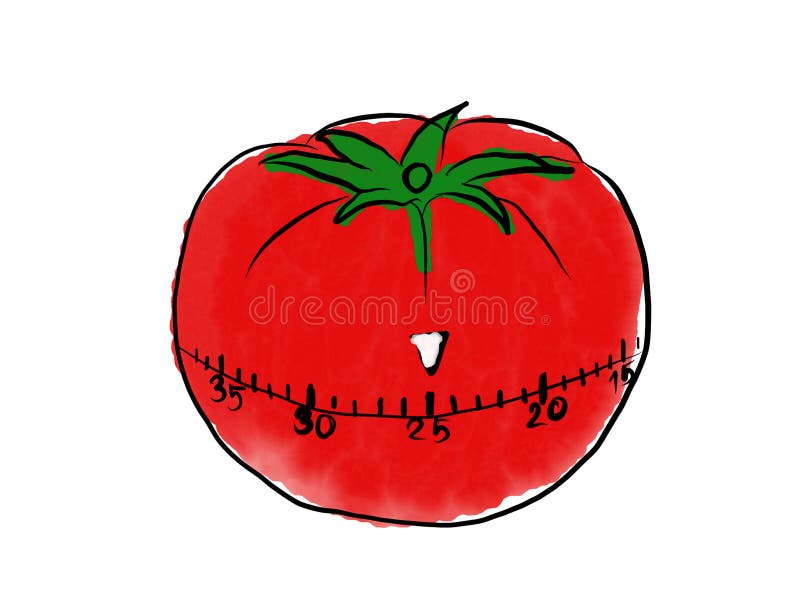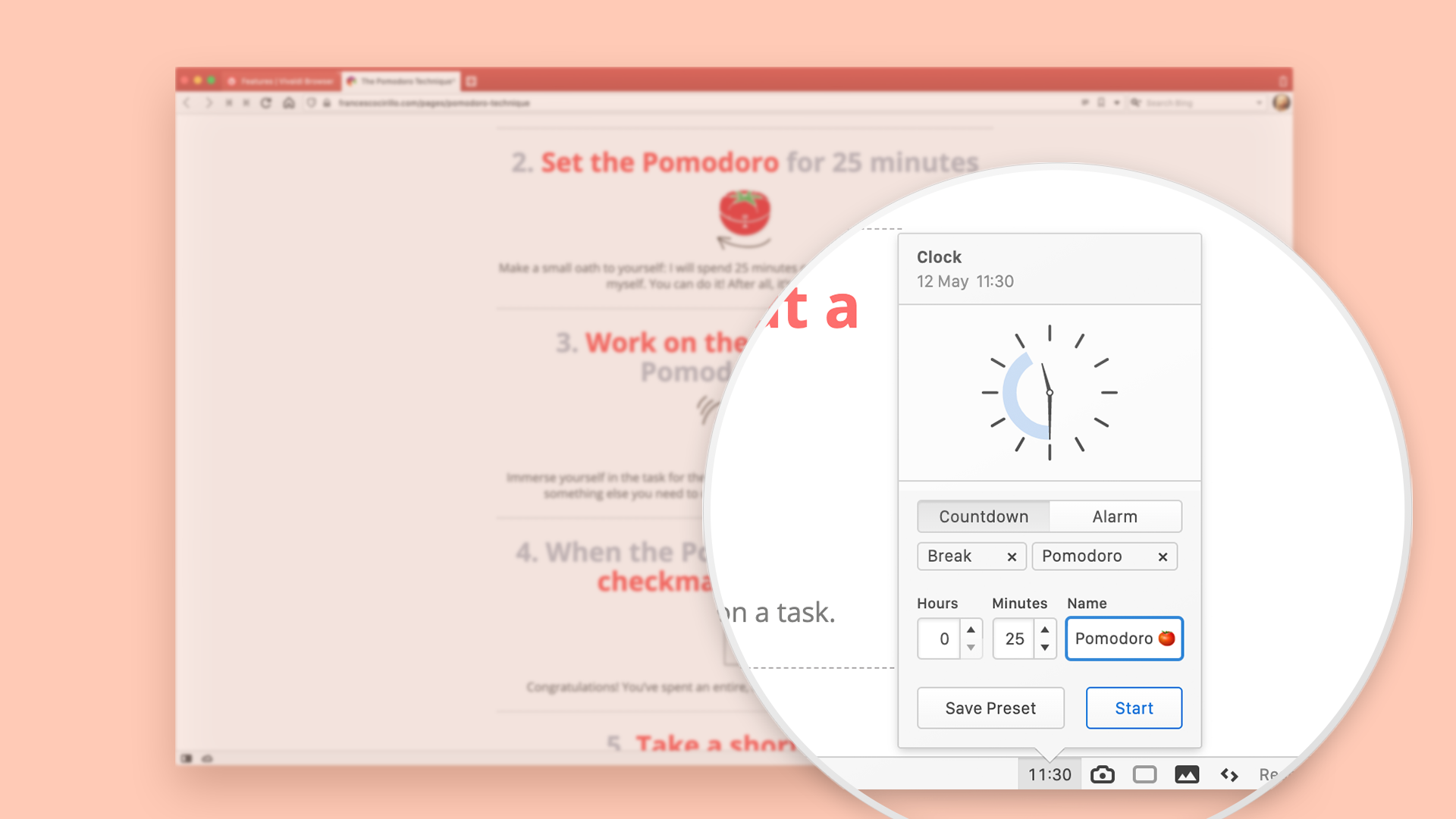
Take a Short 5-Minute BreakĪfter completing a period of focused work, take a short rest to disconnect from the task and clear your mind.Īfter the break, move on to the next pomodoro task on the list and repeat the process, working for another 25 minutes followed by another 5-minute break. Similarly, if a thought arises during the pomodoro, write it down and take care of it later. Resist the urge to switch to other tasks that can wait 25 minutes, like responding to emails or messages. Start the timer and concentrate on the selected task until the timer rings. A website such as Pomofocus or Tomato Timer that runs in the background on a computer.Eliminate as many distractions as possible, such as phone notifications and email alerts. To get started, choose a task from the list and set a timer for 25 minutes.
#25 min timer pomodoro series
Someone who has to write a proposal might draft one section per pomodoro, turning the project into a series of manageable undertakings. It can also consist of a smaller component of a larger job. Each work session is a pomodoro.Ī single pomodoro might consist of a few small tasks, such as returning phone calls and scheduling meetings. Make a list of what needs accomplishing and divide the work into 25-minute chunks.


While the Pomodoro Technique consists of a series of processes designed to improve productivity and time management, the basic method is simple to follow.
#25 min timer pomodoro how to
Someone overwhelmed by a to-do list may find the Eisenhower Matrix useful, as it helps people decide how to prioritize, delegate, schedule and eliminate tasks.People can choose from a variety of self-management methods, depending on their personality, work style and needs. Is Pomodoro Different Than Other Time and Self-Management Techniques? He found that frequent but short work stints, followed by a break as a reward, made it easier (and less overwhelming) to start studying.Ĭirillo used a tomato-shaped kitchen timer during his study sessions, and that’s where the Pomodoro Technique got its name - pomodoro is the Italian word for tomato. The Pomodoro Technique is a time and self-management method that involves breaking tasks into 25-minute work sessions followed by short 5-minute breaks, with a longer rest after four work sessions.įrancesco Cirillo, who was a university student at the time who struggled to focus on studying, developed the technique when he challenged himself to work uninterrupted for 2 minutes. Methods such as the Pomodoro Technique benefit those who find their attention pulled in different directions, unable to concentrate fully on a task or even get started in the first place. People use self-management methods at work to set goals, be more organized and better manage their day.

Manage a health condition through dietary changes.Get fit and improve their quality of life.For example, a person might use a self-management method to: Self-management is the process of changing an individual's thoughts, behaviors and emotions to achieve a positive outcome. Pomodoro and the Importance of Self-Management Methods Learn how the self-management method's simple approach of short work periods and regular breaks helps people use time deliberately and achieve more. The goal of this technique is to prevent distraction while motivating the individual to complete a certain task under a time limit.įor people who struggle with accomplishing tasks, overcoming interruptions and procrastinating, the Pomodoro Technique shows great promise in facilitating focus and productivity. The Pomodoro Technique is a popular, easy-to-implement self-management method that improves focus and productivity by dividing time into short, 25-minute stints of work with regular periods of rest.


 0 kommentar(er)
0 kommentar(er)
